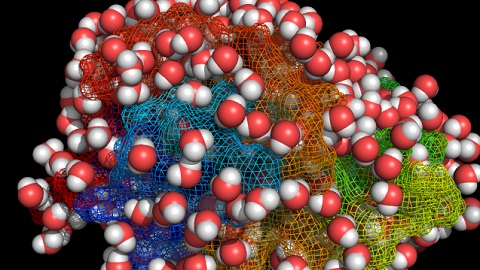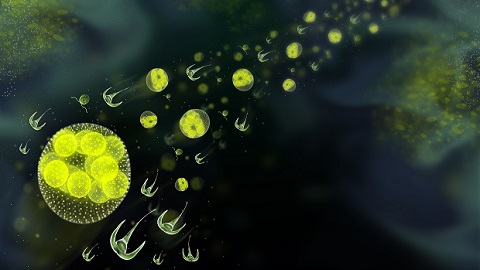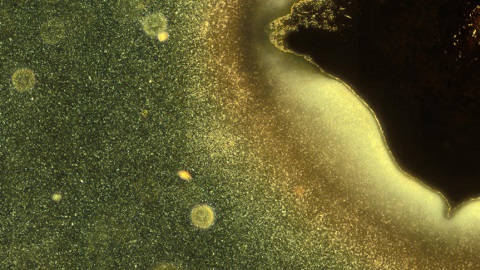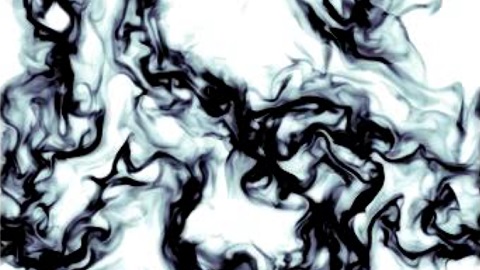Nonequilibrium Soft Matter Group
We think that nonequilibrium physics is among the most exciting frontiers of science.
We are interested in the transitions, self-organization, and collective states of inert and living matter. We use theory and computer simulations to investigate soft matter systems such active swimmers, liquid crystals, granular matter. From bacteria to biofilms, from simple molecules to large-scale patterns, our main goal is to identify the driving mechanisms of complex matter organization.
On the small scale, molecules with anisotropic interactions exhibit a profusion of interesting states of organization. We aim at investigating their structural and dynamical properties, useful in self-assembly or in functional materials, for example in liquid crystals, whose behavior in dictated by interactions and topology. Once geometrical confinement or hydrodynamic flow are present, soft matter system offer opportunities for smart, tunable materials. At larger scales, hydrodynamics open countless nonequilibrium phenomena, from clustering of granular gases to microfluidic manipulation. At the even larger scale of microorganisms, our goal is to understand the complexity in motile phytoplankton and biofilms. Finally, we aim at uncovering basic physical principles in the organization of collections of cognitive agents, the most sophisticated nonequilibrium system.
- A. Scacchi, M. G. Mazza, and A. J. Archer, "Sensitive dependence on molecular interactions of length scales in sheared soft matter", Phys. Rev. Research 2, 032064(R) (2020). PDF
- H. Hornischer, S. Herminghaus, and M. G. Mazza, "Structural transition in the collective behavior of cognitive agents", Sci. Rep. 9, 12477 (2019). PDF
- S. Mandal and M. G. Mazza, "Multiparticle collision dynamics for tensorial nematodynamics", Phys. Rev. E 99, 063319(2019). PDF -- Editors' Suggestion.
- C. Singh and M. G. Mazza, "Electrification in granular gases leads to constrained fractal growth", Sci. Rep. 9, 9049 (2019). PDF
- R. E. Breier, C. C. Lalescu, D. Waas, M. Wilczek, and M. G. Mazza, "Emergence of phytoplankton patchiness at small scales in mild turbulence", Proc. Natl. Acad. Sci. USA 115, 12112 (2018). PDF + Suppl. Info. Featured in Physics World
Research
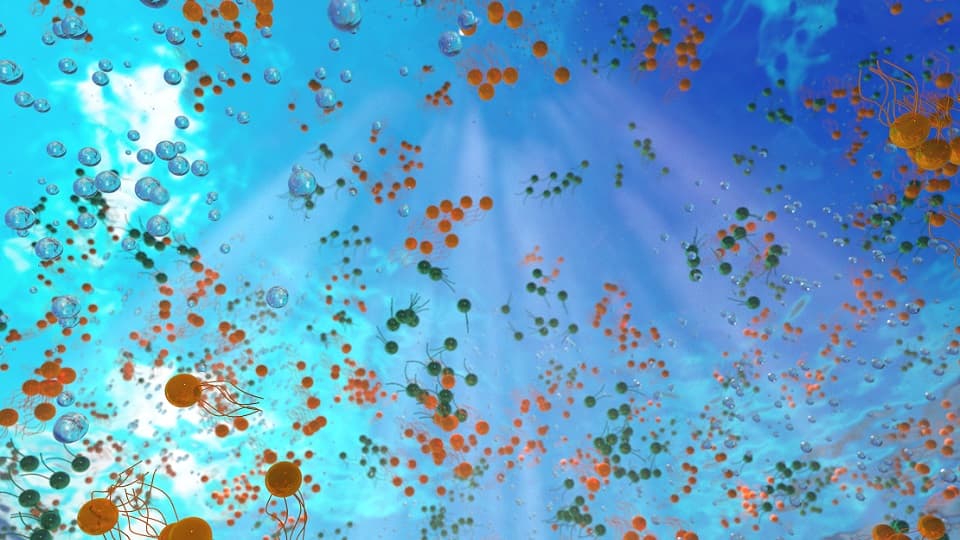
Active Matter
Our research in this field concentrates on microorganisms like bacteria or phytoplankton moving in an aqueous environment and exposed to confining surfaces, nutrient gradients, or mild amounts of turbulence.
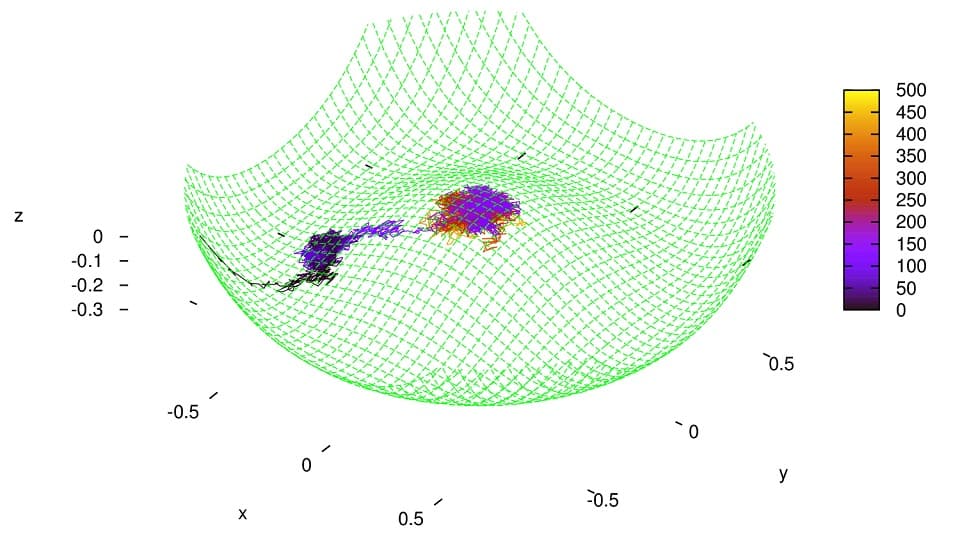
Cognitive Systems
We are interested in the basic physical principles that can describe the collective behavior of agents that have means to explore their environment and respond to external stimuli. Think of bees in search of flowers, or geese flying.
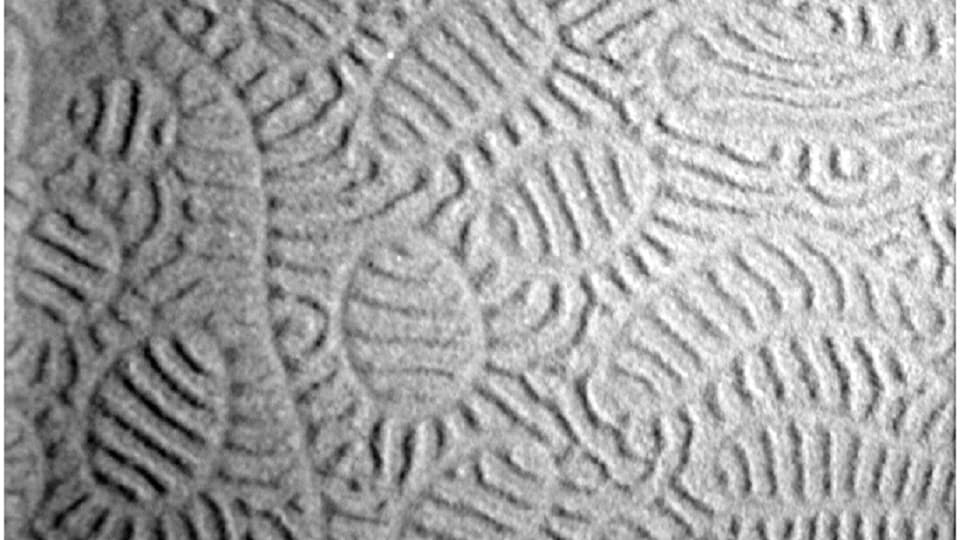
Granular Matter
Sand can behave as a solid (you walk on the beach without sinking), as a liquid (flowing in an hourglass), or if sufficiently stirred as a gas (flying in a sandstorm). We are interested in the aggregative processes in the dilute phase.
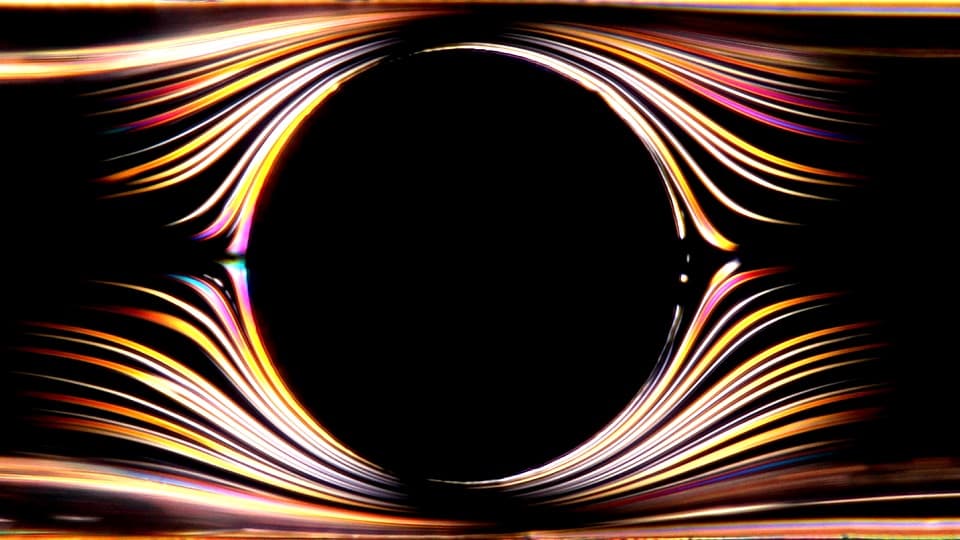
Liquid Cystals
Liquid crystals are rod or disc-like molecules that interact with strong preference for certain mutual alignment. We like to put liquid crystals in narrow spaces, or make them flow, or throw colloids in their midst & study their topological defects, self-organization, & liquid properties.
